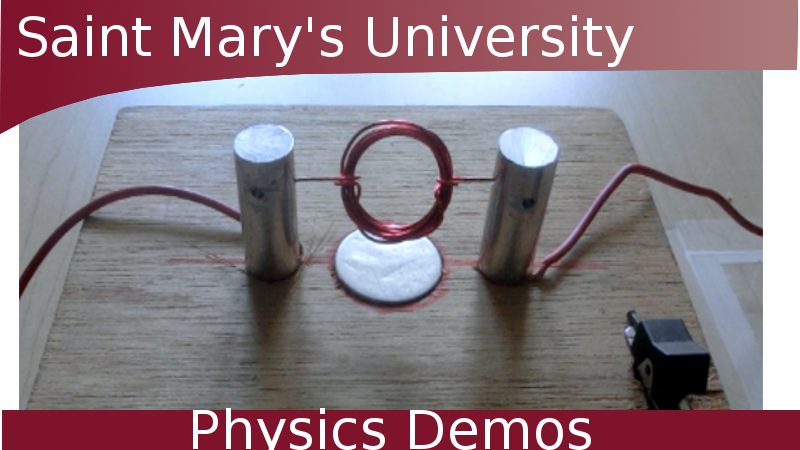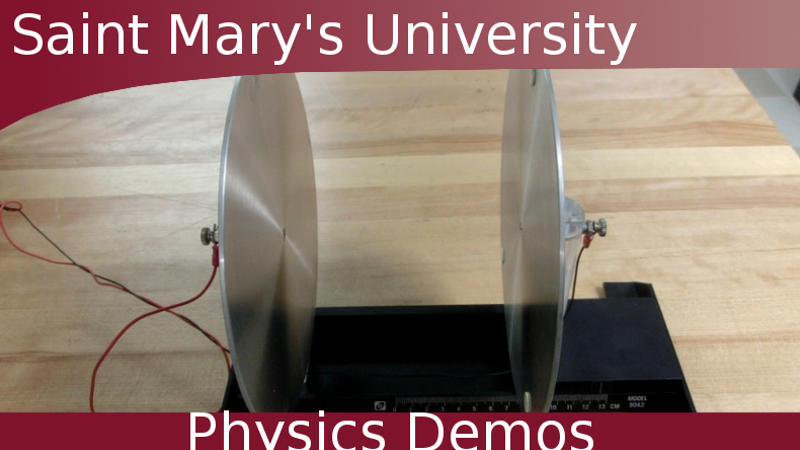Make an LED light up using copper, steel, & vinegar!
Other Demos of Interest:
 |
 |
 |
|
Simple DC Motor |
How a Rail Gun Works |
How a Capacitor Works |
Teachable Topics:
- electric circuits
- chemical reactions
- batteries
Theory:
The batteries in this circuit are electrochemical cells (aka voltaic batteries). They consist of two electrodes suspended in an acidic solution. An electrode is an electrical conductor that acts as contact point to a nonmetallic part of a circuit. In this circuit, the two metals (from the nail and the wire) act as electrodes, moving electrons between them through the vinegar. Electrochemical cells transport electrons using stored chemical energy. Moving electrons generates a current, which is what powers the LED. Vinegar contains acetic acid, and so is an acidic solution. It is a conductor of electricity and transports the electrons between the electrodes.
Putting in the LED completes the circuit and permits the flow of electrons between the electrodes. This creates a current strong enough to power the LED. LEDs work only with electrons flowing in a specific direction, so if it does not light once the circuit is completed simply flip it around.
Apparatus:
- LED
- copper wire
- steel screws
- white vinegar
- ice cube tray
Procedure:
- Wrap a piece of copper wire around a steel screw, just below the screwhead, leaving about 3" of wire extending. Do this 5 times.
- Place the five screws each into adjacent wells of an ice cube tray, with the wires bridging the cells. Ensure that the wire from one cell does not come in contact with the nail in another cell. There should be one cell with only a wire in at, and one cell with only a nail it in.
- Fill the wells in the ice cube tray with vinegar.
- Place an LED across the wells that have only a wire or nail - one leg in each well. If it doesn't light up, reverse the direction of the LED. The LED will light up!



